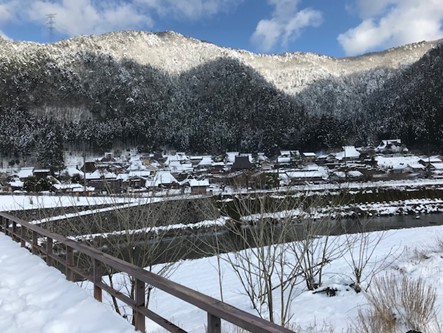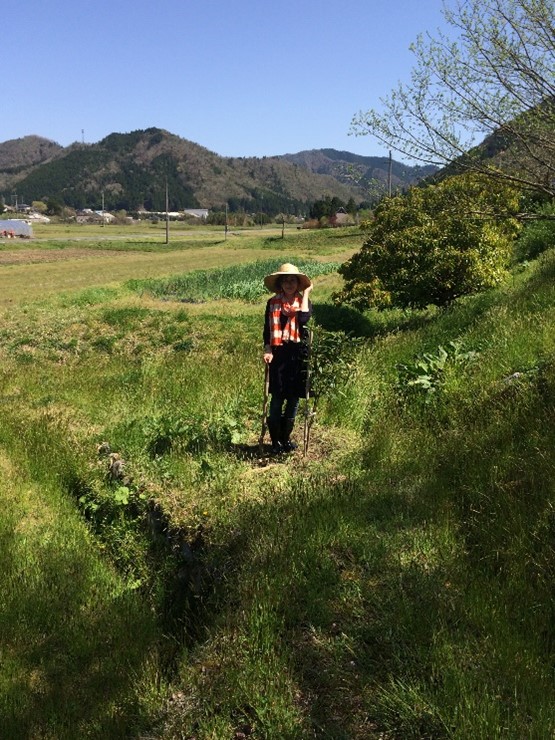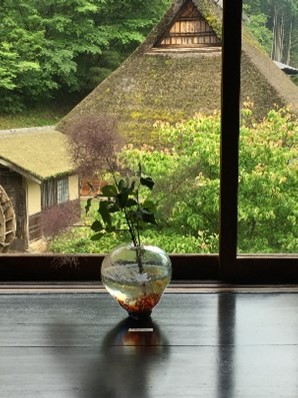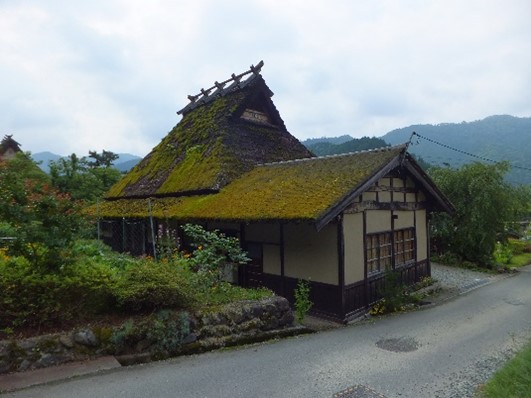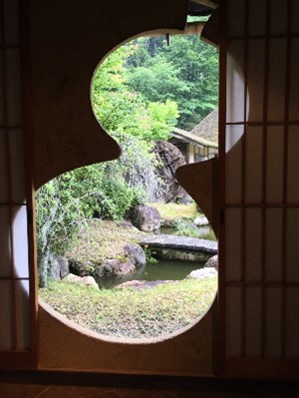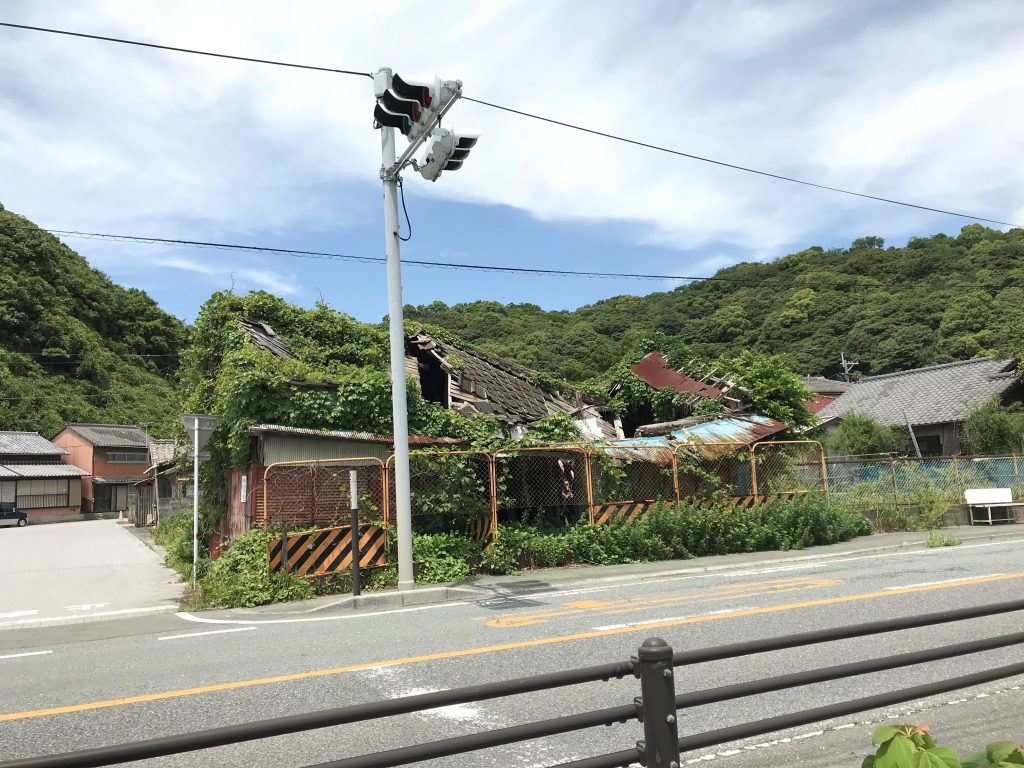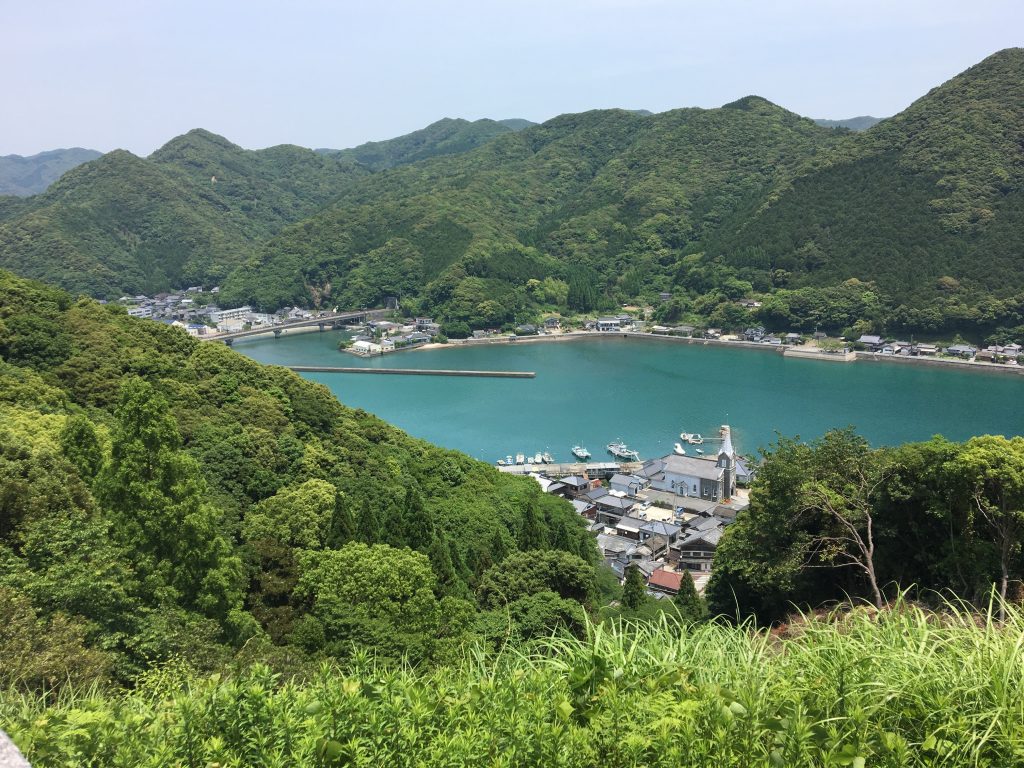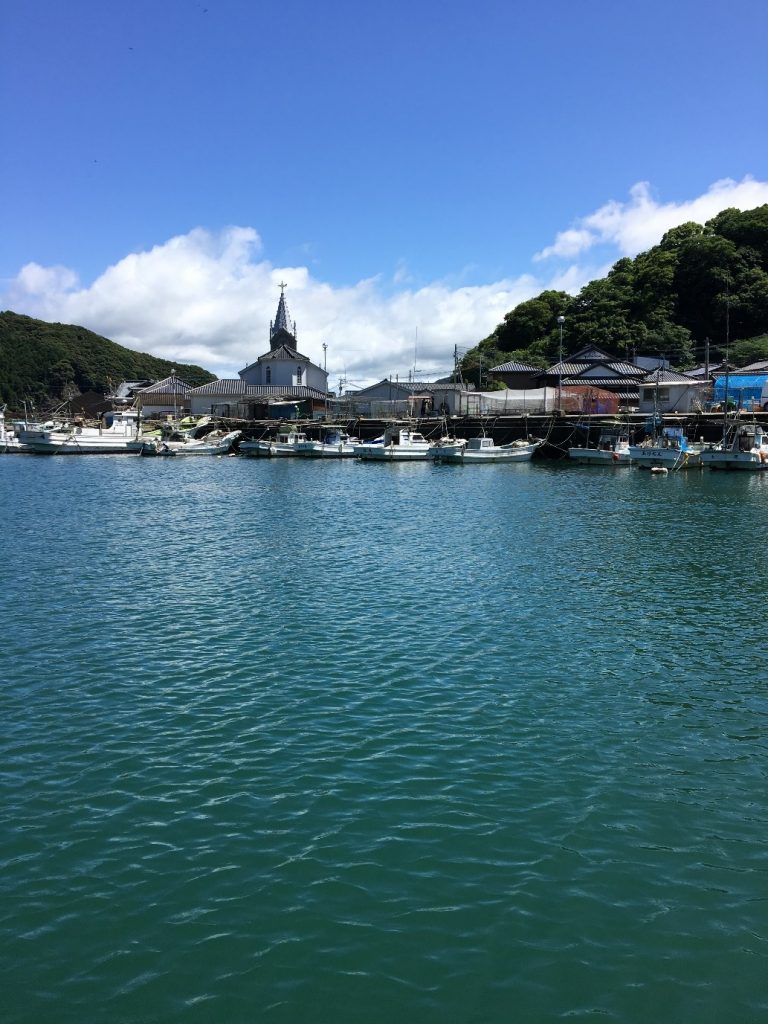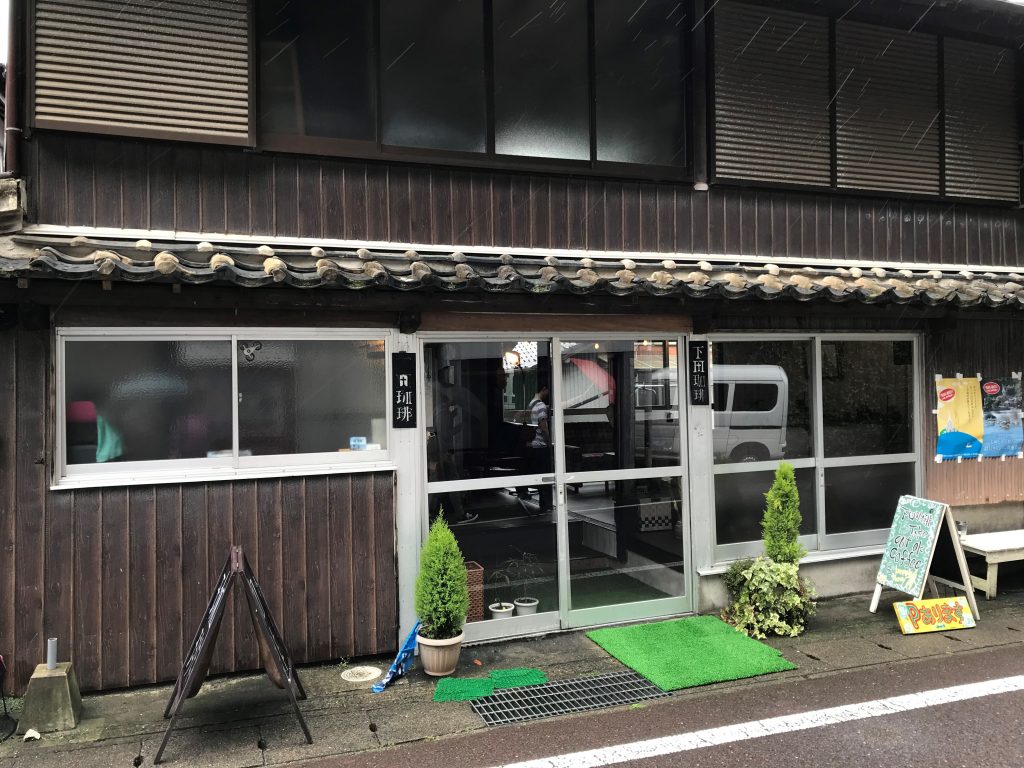By Vincent Heuser
As Cornelia Reiher mentioned in an earlier blog post , the small town of Arita in Saga prefecture is known as “Japan`s birthplace of porcelain”. Despite the ceramics industry being in decline for almost three decades since its prime, Arita porcelain has been maintaining its world-wide fame for centuries. In 2016, Arita porcelain celebrated its 400th anniversary since its foundation in 1616. Three years prior to this milestone, a Creative Industries Agreement was signed between the Dutch Embassy in Tokyo and Saga prefecture. The main purpose of the settlement of this agreement was the launch of the 2016/project, which aimed to rebrand Arita ware by connecting international design and art studios with local potteries and trading companies [1].
The main part of this project consists of the artist-in-residence program (Creative Residency Arita) which was also implemented in 2016. The idea behind this program is to give artists and designers (referred to as artists from here on) from abroad the opportunity to live and work in Arita for a three-month period. The artists all have their own project related to the production of ceramic work and during their stay in Arita, they work on that project together with locals from the ceramics industry. Generally, the artists are required to finish their project before leaving Arita and a presentation is held by the end of the term at which all the artists that participated in each session introduce the results of their project to the public.
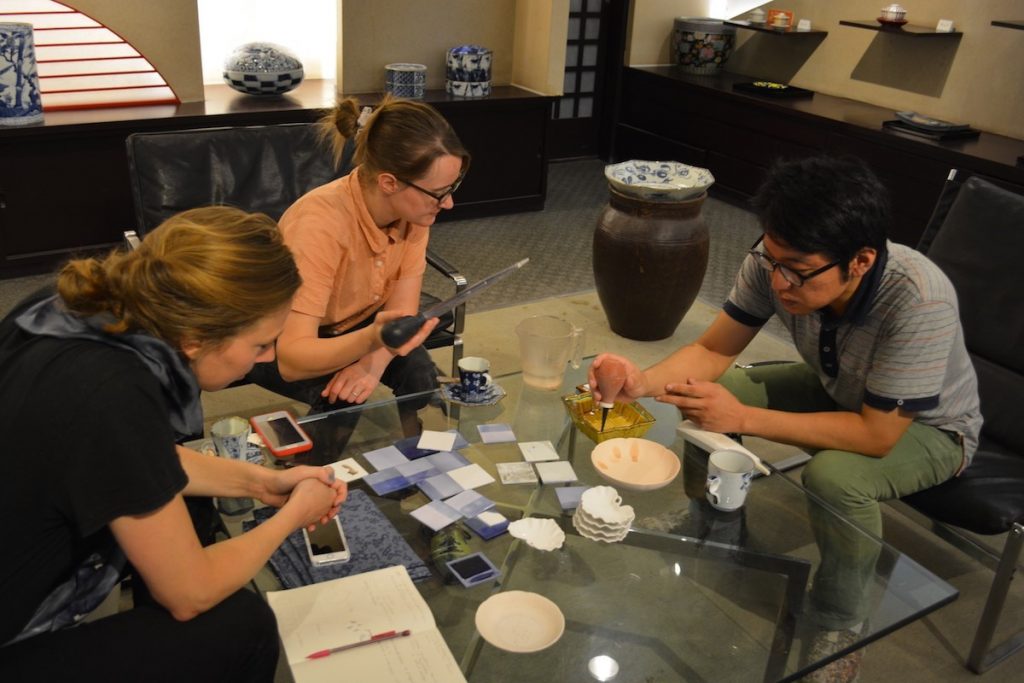
Copyright © Creative Residence Arita Steering Committee 2017
Since the project is sponsored by the Dutch government, Dutch artists and artists who are based in the Netherlands have been most frequent to participate in the Creative Residence Arita program. However, through the open call program, artists from other countries have participated in the past as well, contributing to a further internationalization of Arita town as well as to a greater variety of countries that the ceramics industry in Arita cooperates with.
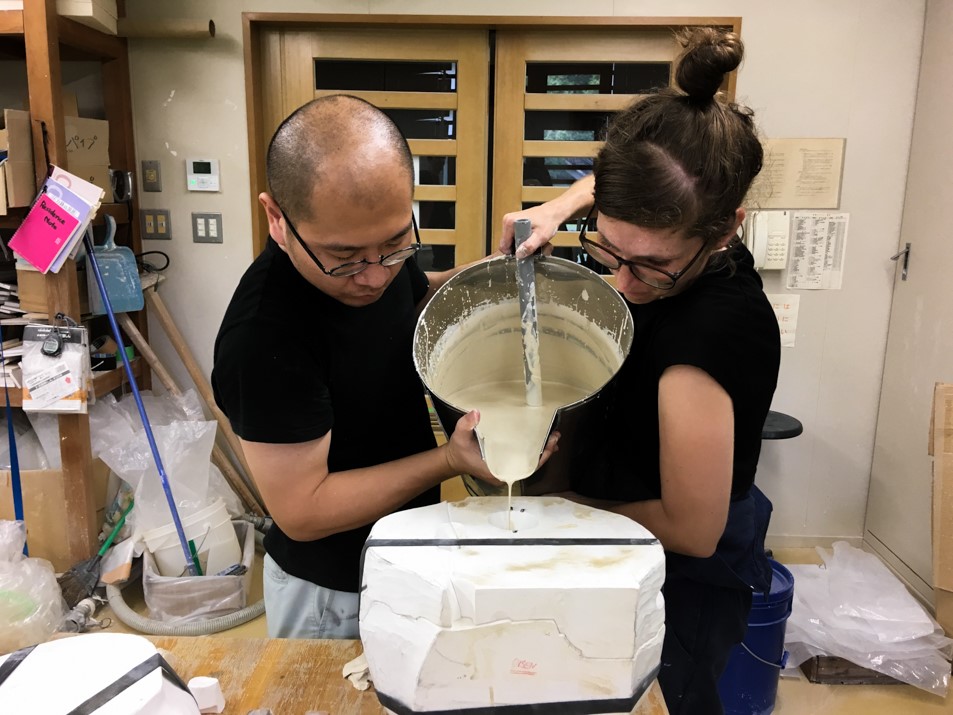
Copyright © Creative Residence Arita Steering Committee 2019
Since the program started, a total of 25 artists from nine different nations have participated in the Creative Residence Arita. There is a great variety in style and purpose of the ceramic pieces of art that the different artists have produced during their stay in Arita. A feature that most pieces have in common though, is that you can tell that the artists were inspired by their experiences in Arita or generally in Japan as well as the different styles of Arita ware itself.

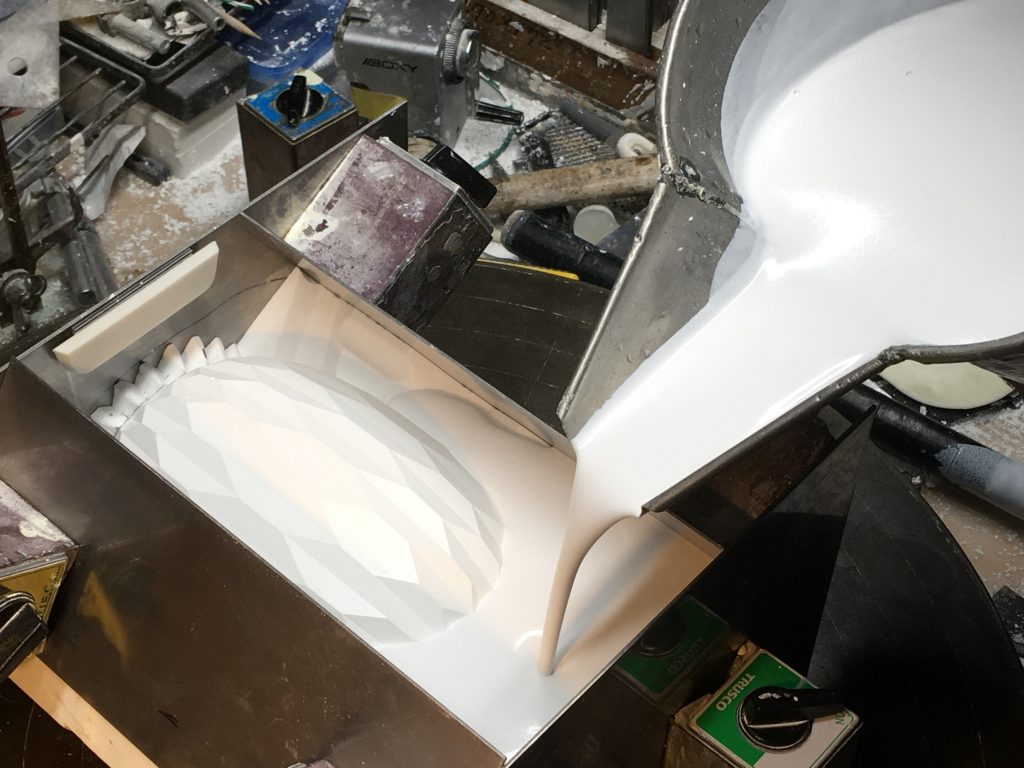
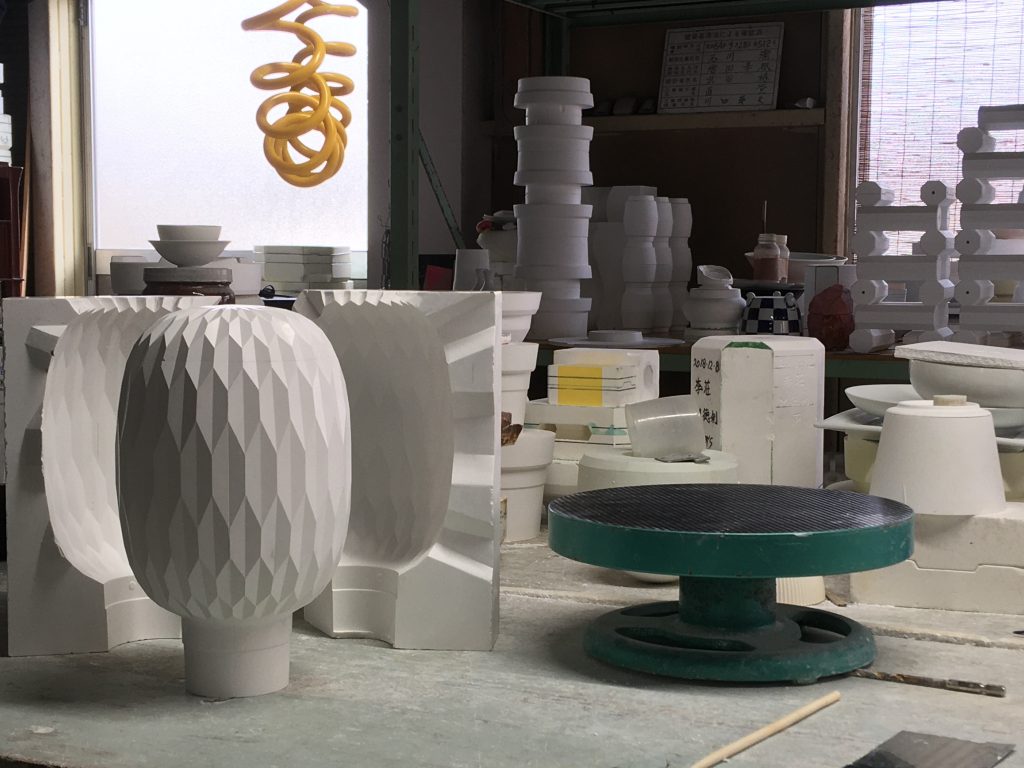
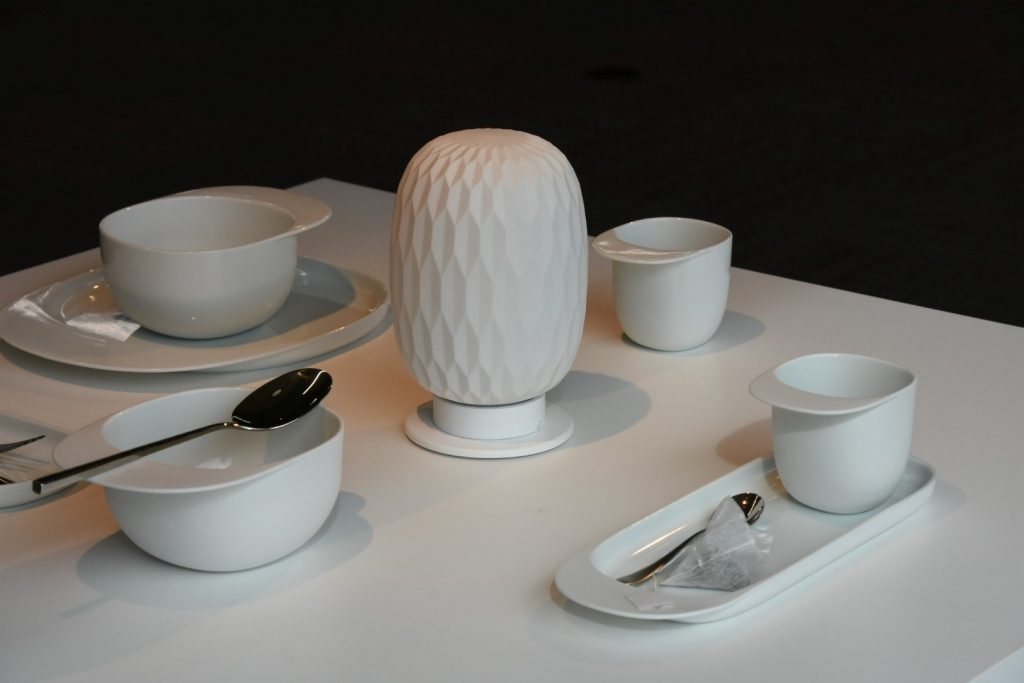
Copyright © Creative Residence Arita Steering Committee 2020
Unfortunately, due to the pandemic, the Creative Residence Arita program has been interrupted since last year. Since Japan currently does not allow foreign nationals except those with a registered address in Japan to enter the country, no new artists from abroad were able to enter the program even though the number of applicants has remained steady since the launch of the program. However, preparations to resume the program are currently in progress and hopefully the program will be restarted in the near future once it becomes possible again for the new artists to enter the country.
With the beginning of the new fiscal year in April, the administration of the program was shifted from the Saga Prefecture International Division to the Arita Town Hall Commerce and Tourism Division. The fact that all parties involved in the process of organizing and managing the Creative Residence Arita program are now based in Arita makes it possible to keep an even closer connection between the artists, the organizers and the local partners from the ceramics industry. Hopefully, these close connections will lead to an even deeper exchange between the local ceramics industry and artists from all over the world.
[1]
Creative Residency Arita, https://cri-arita.com (last viewed on June 23, 2021)
Vincent Heuser received his bachelor’s degree from Hamburg University with a thesis on “Japan after the triple disaster 2011: The revitalization of the Tōhoku area”. He currently works as coordinator for international relations (CIR) in the JET-Program at the municipal hall of Arita-chō.

